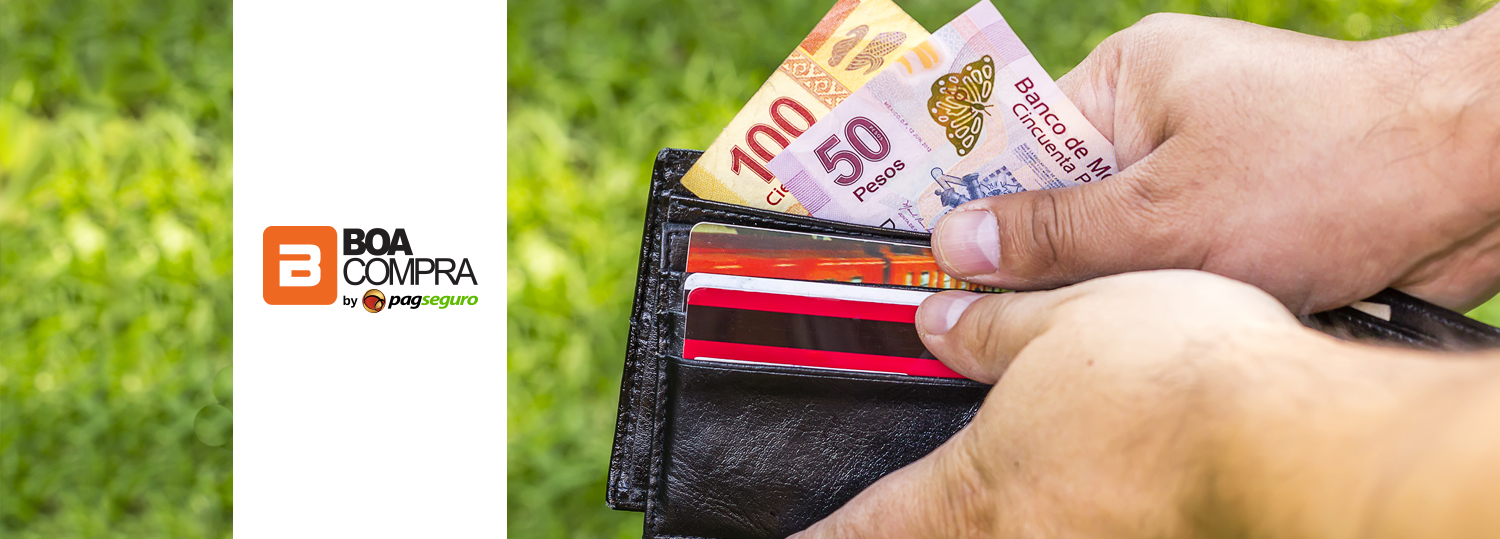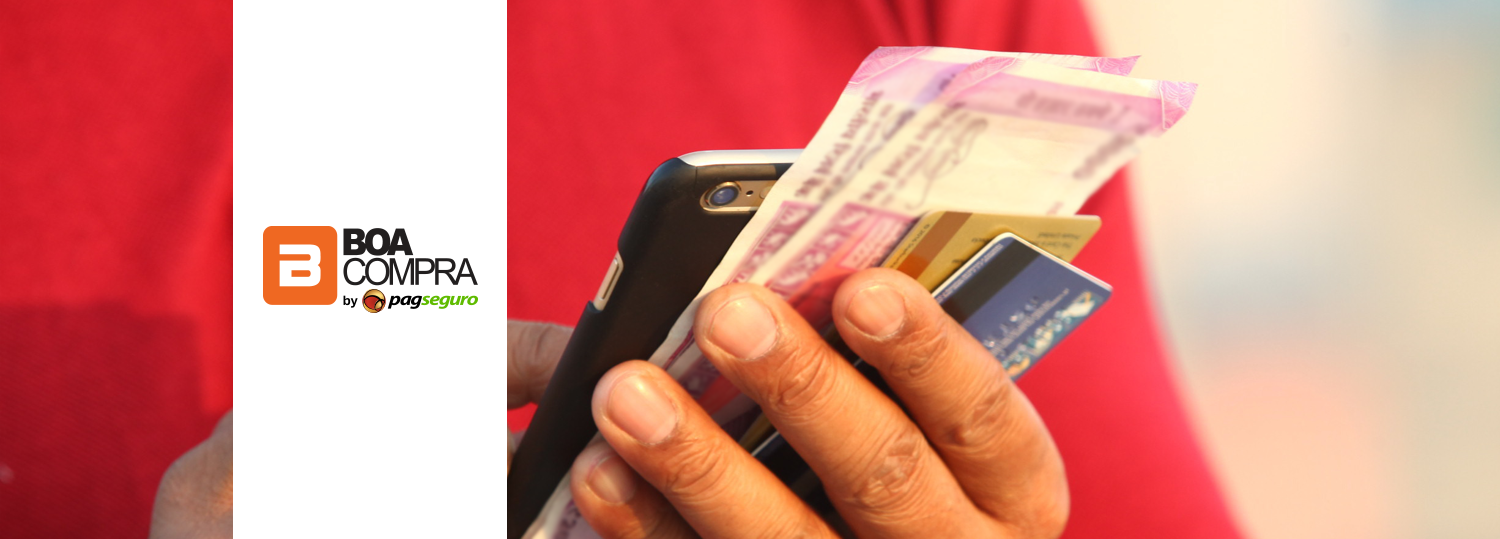By Fernando Estevez Vazquez, LATAM Payments Expert
A lot is happening in Latin America with several announcements like Amazon opening offices in Brazil, Mexico, Chile, Colombia and more recently, Argentina. Even Alibaba is already actively selling in most LATAM countries and we find several examples of disruption on digital companies such as Mercadolibre, Nubank, PagSeguro, Multicaja and PayPal (operating locally in Mexico and Brazil), just to name a few.
Despite the economic issues on the largest LATAM country (Brazil), e-commerce and online purchases are growing 2 digits yearly, meaning that Latin American consumers love buying online. Nevertheless LATAM is still an unbanked territory and alternative payment options are no longer a commodity but a necessity.
Payment options in Latin America are diverse, from cards that offer online installments (Brazil, Chile, Argentina and Uruguay) to exclusive local card schemes for each country: Naranja in Argentina, Oca in Uruguay, Exito in Colombia, Elo and Hipercard in Brazil and Carnet in Mexico that can only be processed via local companies.
Regarding online banking systems, which allow users to pay via their online banking or make cash deposits, some cases come to mind: Safetypay, Spei in Mexico, or Khipu and Servipagin Chile. As for wallets, PayPal in Brazil and Mexico and PagSeguro in Brazilian territory are the best examples, and on the mobile payments we see companies like Yellowpepper or Bim starting to make some noise in LATAM.
Cash payments are the biggest and most important differential in LATAM, with several local systems serving the unbanked to make purchases online: Oxxo and 7-Eleven in Mexico, Efecty and Baloto in Colombia, Multicaja and Servipag in Chile, Pagoefectivo in Peru, Boleto in Brazil, Redpagos in Uruguay or Pagofacil and Rapipago in Argentina.
These systems were, in many cases, originally designed to allow the unbanked consumers to pay utility bills, and it has been adopted for online purchases, representing a significant percentage of online sales. Cash is culturally a sign of trust in LATAM, with many people still being paid through this method, making it an absolute must, not just as a payment option, but as a tool to develop trust and loyalty for buyers.
The market is changing so fast that Oxxo is launching Oxxo Pay and studying offering contactless payments. Multicaja is trying to become the second acquirer in Chile and PayPal has acquired Izettle (with operations in Mexico and Brazil), which shows that LATAM is being taken seriously by international players.
The future of payments in LATAM requires this kind of diversity to be able to succeed in this territory. It is expected that there will be an expansion in the array of services and markets offered by some of the mentioned players. Whoever gets it right will have much success ahead!





